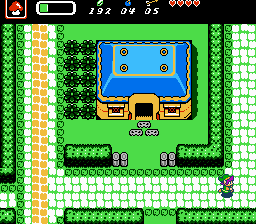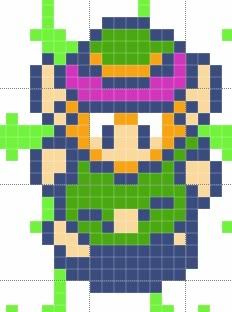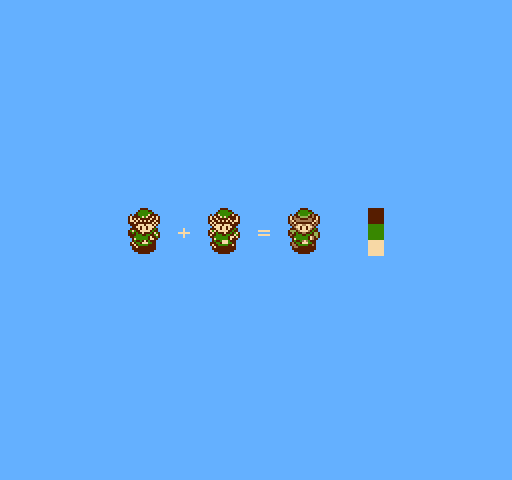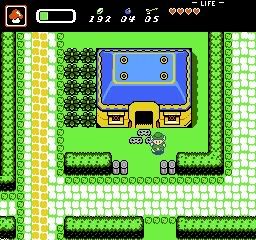Hello everybody.
Sorry, my english is very bad. I am spanish.
Some time ago I was planning a small ROM that attempt to recreate the SNES Zelda on the NES.
The result was this: http://www.mediafire.com/?egog9jl8hfk5dxi
Here you have a screenshot:



I just wanted to explain that I tried to gather two layers and the result was very good. I wish we could get an entire game has to make Zelda 3
Thanks
Sorry, my english is very bad. I am spanish.
Some time ago I was planning a small ROM that attempt to recreate the SNES Zelda on the NES.
The result was this: http://www.mediafire.com/?egog9jl8hfk5dxi
Here you have a screenshot:



I just wanted to explain that I tried to gather two layers and the result was very good. I wish we could get an entire game has to make Zelda 3
Thanks


